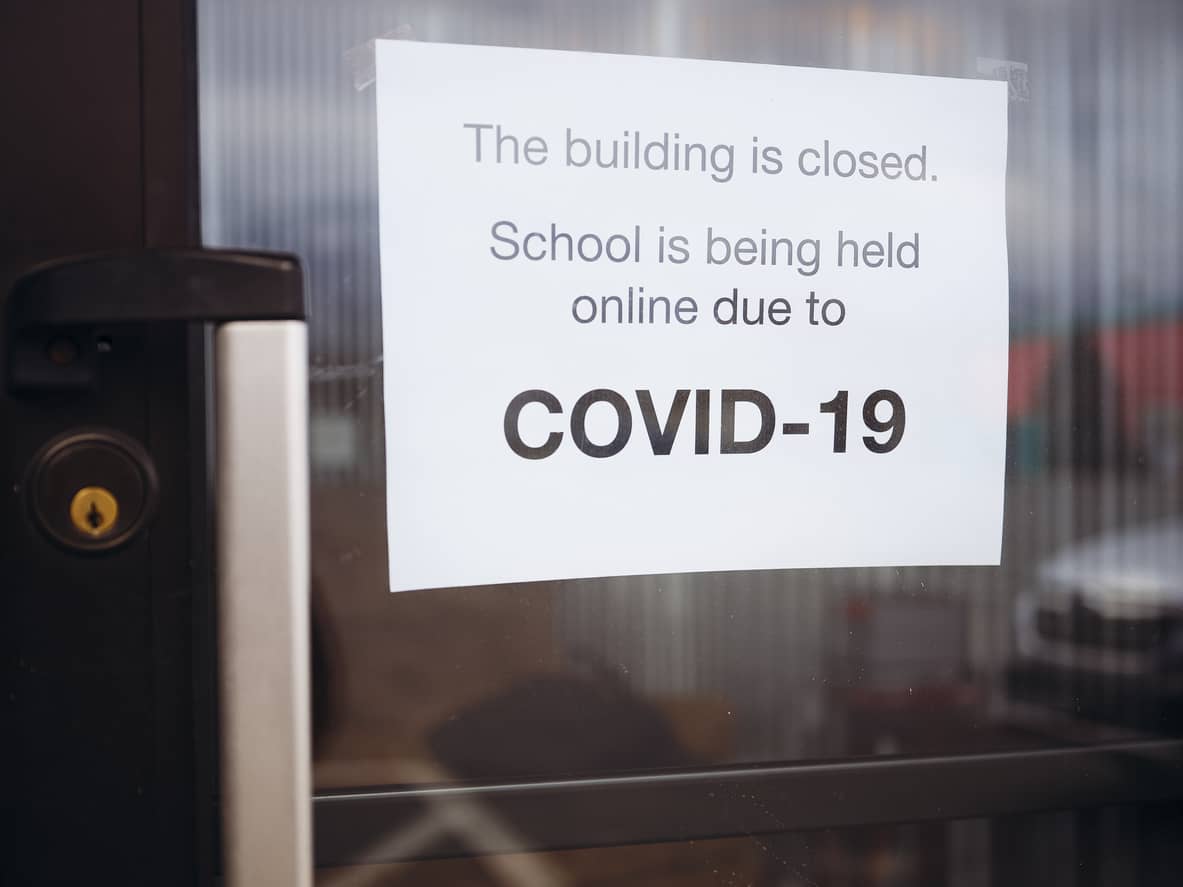Schools have been through the most turbulent times over the past 18 months. At the mercy of the impact that COVID-19 has had on their communities, they've moved in and out of remote learning programs, made significant rearrangements to their spaces and practices to ensure social distancing and hygiene measures, and had constant changes to planned academic and social events that mark significant moments throughout the year (think exams, graduations, open nights).
-
Fiona Longmuir
Lecturer, Globalisation Leadership and Policy, Faculty of Education
The scope and impact of the disruption and uncertainty have been unprecedented in the history of schooling.
Right now, hundreds of schools have just returned to term three under remote learning arrangements due to the Sydney lockdown in NSW, and Victorian students had barely begun term three before being forced home amid the state's fifth lockdown.
While these schools are dealing with lockdowns, many other school leaders and teachers across the country are holding their breath as they start term three, hoping plans for learning and social activities won't be in vain if the pandemic once agin takes hold in their communities.
Last year, I spoke with eight school leaders in Melbourne during the lengthy lockdown periods in 2020. This research showed how the circumstances of uncertainty and disruption to normal modes of practice influenced their work.
In the absence of usual processes, school leaders engaged in rapid sense-making and adaptation to keep up with the pace of change. I spoke to them in the middle of 2020, when less was known about the health, economic, social and educational impacts of the virus, and everyone was scrambling to find solutions to unprecedented problems.
I asked them about the ways their work in schools had been impacted by these drastic changes, and they identified several key areas.

Connection to community
Leading into, through, and out of lockdowns heightened leaders' relationships with their communities. They spoke of how they were turned to as calm and authoritative voices during times of confusion, especially in those weeks just before and at the start of the first lockdowns, and the initiation of remote schooling.
What you realise really quickly in times like this is that you're actually a community leader. What I mean by that is outside of sort of a political voice that our members of parliament have. It seems that the next voice that many community members go to, particularly families, is to school leaders. - Danni, government secondary school principal
As the lockdown rolled on, and the complexities of social, economic and welfare issues permeated the schools, the leaders described how they needed to draw on deep wells of optimism, and display a confident, resilient stance for their communities.
My role is as a community leader, and reminding myself that I'm leading a community of people - the families, the staff and their families - and ensuring that I'm doing the best to spread a positive attitude. The glass is half-full. We will get through this. - Frank, government primary school principal
The participants felt that in many ways the shared experience of the crisis strengthened their communities. There was a sense of "we're all in this together" (Katrina, government primary school principal) as the school worked together to find solutions and to support those who were struggling the most.

Crucial communication
Finding ways to communicate within the remote learning and socially distanced circumstances was a key focus for these leaders. It was essential that new modes and schedules were developed to disseminate key information, and to keep community members connected.
In the earliest weeks, regular and clear communications were vital. School leaders were collating and interpreting information from many sources, and their aim was always to share it in ways that decreased ambiguity and confusion.
Clarity of communication was really important ... We set up the communication channels, because there was so much confusion, and so many questions ... We just took direction from whatever came out, and kept everything clear. A single source of truth. - Kate, independent school head
These leaders also found that by being honest about what they did and didn't know was important.
We just took a stance for our school of just being open and honest, and transparent, right from the very start ... That's what I found was the biggest thing, really, just that regular, really regular communication, and just really honest. I said to parents, 'As soon as I know, you'll know', and that's what I did, and I got a lot of positive feedback from parents around that. They felt that they knew everything, because we were being so open with them. - Katrina, government primary school principal
They found themselves explaining that their decisions were based on current circumstances, and that adjustments might be necessary as the situation developed.
They found most people understood that with the urgency of the crisis unfolding, a pretty good decision in time (that might need later adjustment) was better than waiting too long.






